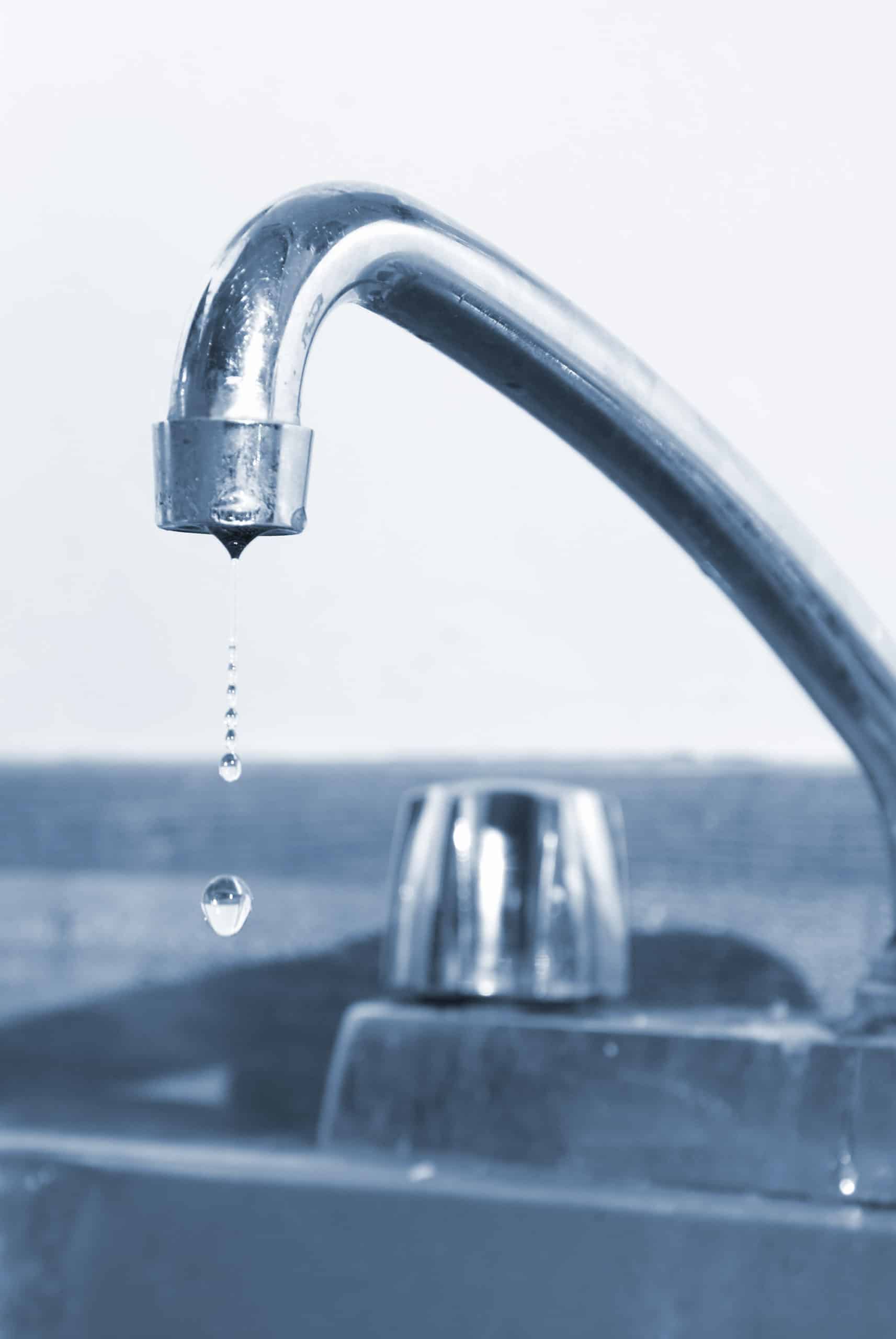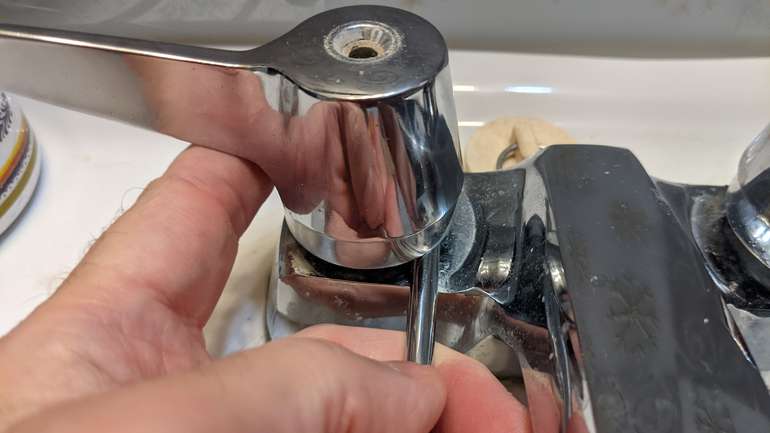Do you find yourself on the lookout for resources on Water Dripping from Faucet: Why and How to Fix?

Leaking faucets may appear like a small trouble, however their effect goes beyond just the annoyance of the audio. From drainage to sustaining unnecessary financial prices and wellness dangers, ignoring a trickling tap can result in various consequences. In this article, we'll look into why it's important to resolve this typical household issue without delay and successfully.
Wastage of Water
Ecological Effect
Dripping taps contribute considerably to water wastage. According to the Environmental Protection Agency (EPA), a solitary tap leaking at one drip per second can throw away greater than 3,000 gallons of water annually. This not only pressures water sources but additionally affects ecological communities and wild animals dependent on them.
Financial Prices
Enhanced Water Bills
Past the environmental influence, dripping taps can inflate water costs substantially. The gathered wastage in time equates right into higher utility expenditures, which could have been stayed clear of with prompt fixings.
Prospective Home Damages
In addition, long term leaking can bring about damage to components and surfaces surrounding the tap. Water buildup can trigger discoloration, rust, and even architectural issues if left neglected, leading to added repair work prices.
Health and wellness Concerns
Mold and Mold Growth
The continuous visibility of moisture from a leaking tap creates a suitable environment for mold and mildew development. These fungis not just compromise indoor air high quality however also position health and wellness dangers, specifically for people with respiratory system problems or allergic reactions.
Waterborne Conditions
Stationary water in trickling taps can become a breeding ground for bacteria and other virus, raising the threat of waterborne illness. Pollutants such as Legionella germs prosper in stationary water, possibly bring about significant diseases when ingested or inhaled.
DIY vs. Specialist Repair work
Pros and Cons of DIY Repair Service
While some might attempt to take care of a trickling tap themselves, DIY fixings come with their own set of difficulties. Without correct expertise and devices, DIY attempts can intensify the problem or cause insufficient repair services, extending the problem.
Advantages of Hiring an Expert Plumber
Employing a professional plumber ensures that the underlying root cause of the dripping faucet is dealt with efficiently. Plumbing technicians possess the knowledge and equipment to detect and repair tap concerns efficiently, saving time and lessening the risk of further damage.
Step-by-Step Guide to Taking Care Of a Dripping Tap
Devices Called for
Prior to trying to fix a dripping faucet, collect the necessary devices, consisting of a flexible wrench, screwdrivers, substitute parts (such as washing machines or cartridges), and plumber's tape.
Usual Tap Issues and Their Solutions
Determine the kind of faucet and the specific concern creating the drip. Typical problems consist of worn-out washers, rusty shutoff seats, or damaged O-rings. Refer to manufacturer guidelines or on the internet tutorials for step-by-step advice on repair services.
Preventive Measures
Normal Maintenance Tips
To stop leaking taps, carry out routine upkeep such as cleaning aerators, evaluating for leaks, and changing worn-out components promptly. Furthermore, think about setting up water-saving gadgets or upgrading to more effective fixtures.
Importance of Prompt Repairs
Addressing dripping taps as quickly as they're discovered avoids further water wastefulness and prospective damage, inevitably conserving both water and cash in the long run.
Influence On Residential Or Commercial Property Worth
Understanding of Well-Maintained Residential Or Commercial Property
Keeping a property in good condition, consisting of addressing upkeep issues like leaking taps, improves its regarded worth and desirability among potential purchasers or tenants.
Impact on Resale Value
Characteristics with properly maintained plumbing fixtures, consisting of faucets, command higher resale worths in the realty market. Addressing trickling faucets can add to a positive perception during residential property assessments and negotiations.
Environmental Duty
Private Contribution to Conservation
Taking responsibility for repairing trickling faucets aligns with broader initiatives toward water conservation and ecological sustainability. Every person's activities collectively make a significant influence on maintaining priceless resources.
Lasting Living Practices
By prioritizing prompt repair work and adopting water-saving behaviors, people contribute to sustainable living practices that profit both existing and future generations.
Final thought
Dealing with a leaking tap exceeds plain ease; it's a crucial step towards conserving water, decreasing economic expenses, and guarding health and property. Whether with do it yourself fixings or professional assistance, doing something about it to repair leaking taps is a small yet impactful means to advertise responsible stewardship of resources and add to a much healthier, a lot more lasting future.
Why Are My Faucets Dripping (And Can I Fix it Myself)?
Causes of a Dripping or Leaking Faucet
Whether you’re hearing drops of water falling and hitting a sink, or noticing water ooze out from the base of the spout, you shouldn’t ignore a dripping or leaking faucet. And, the good news is, sometimes you can fix the problem yourself.
In this article, we’ll review a few common causes of dripping and leaky. We’ll also walk you through some basic ways to find the problem and handle it without calling anyone — and let you know when to call in a pro.
But, no matter what the cause, or whether you can handle it on your own, the sooner you address it, the better.
Each drip may be a tiny amount of water. But, they all add up quickly. According to the U.S. Geological Survey, one faucet losing one drop every 20 seconds — five a minute — wastes around a liter of water every day, and 173 gallons a year.
Add in more than one in your house, and it’s a lot of water to waste. So, we’ll help you get to the bottom of things quickly.
Four Reasons Your Faucet May Be Dripping
Aerator is Damaged or Unseated Valve Seat is Corroded O Ring is Loose or Worn Out Part of the Assembly is Loose Aerator is Damaged or Unseated
If you unscrew the end of your faucet, you’ll find the aerator. It’s the little stem piece with a screen on it that shuts off the water circulation.
If it’s damaged, or if it’s not sitting right, it will allow water to pass through.
Valve Seat is Corroded
Next is the valve seat, which is connected to the washer. If the washer wasn’t in place correctly, then it could have ground against the seat. Over time, this damages the valve seat.
The problem could also be corrosion: Over time, the part has worn out, and it’s now allowing water to pass through.
O Ring is Loose or Worn Out
Since the o ring is only a small rubber gasket, it’s a common reason why the faucet is dripping. You’ll find it at the base of the faucet, and it’s there to keep water from coming out where it’s not supposed to.
However, it’s common for the o ring to wear out over time. When it does, you’ll notice a drip.
Part of the Assembly is Loose
So far, we’ve looked at a few small, specific parts. But, the problem could be anywhere in the assembly if something’s out of place.
Even if a part isn’t damaged, over time, it may have become loose or dislodged. It could be the parts we mentioned, or the aerator at the tip of the faucet, the stem itself,
Can I Fix a Leaky Faucet Myself?
Depending on the problem, and how handy you are, there’s a chance you can fix a leaky faucet without calling a professional. But, you do run the risk of making the problem worse.
If it’s a small drip, you can certainly try a few troubleshooting tactics. We’ll walk you through them in a moment.
But, no matter what, your first step should be shutting off the water coming into the faucet. You should find a shutoff valve under the sink on the pipes leading to it. Turn each one clockwise until they close tightly.
Next, make sure you have the right tools for whatever you’re attempting. It’s tempting to make do with what you have. But, you need the right ones for a reason: You’re often dealing with small parts that can break if you handle them carelessly.
If you’re feeling confident, here are some places to start.
Items Near the Tip of the Faucet
A few of the parts we mentioned — particularly the valve seat and washer — are located at the tip of the faucet where the water comes out. They’re easy to access, making it a good place to start.
Check the O Ring
To check the o ring, you’ll need to take off the spout at the base. It’s easiest on kitchen sinks with long spouts, versus the smaller, bulkier base on most bathroom sinks.
Either way, this can be tricky, so do it carefully and don’t force anything. If it’s not coming right off, you’re much better off calling in a pro than possibly breaking something.
For a kitchen sink, there’s usually a nut or coupling assembly at the base of the spout. These often slide off easily without using any tools.
Once you’ve disassembled those parts, gently but forcefully twist off the spout.
Then, you can see the o rings. There should be two of the rubber gaskets on the base. If they look worn or damaged, replace them, and see if that solves the problem.

As an enthusiastic reader on Leaky Faucets: Why They Happen & What to Do About Them, I imagined sharing that blog post was a great idea. Make sure you set aside a second to promote this entry if you appreciated it. We enjoy reading our article about Why Is It Important To Fix Your Leaking Tap/Faucet?.